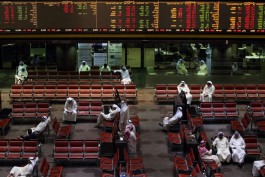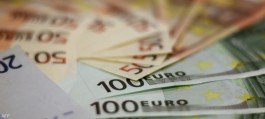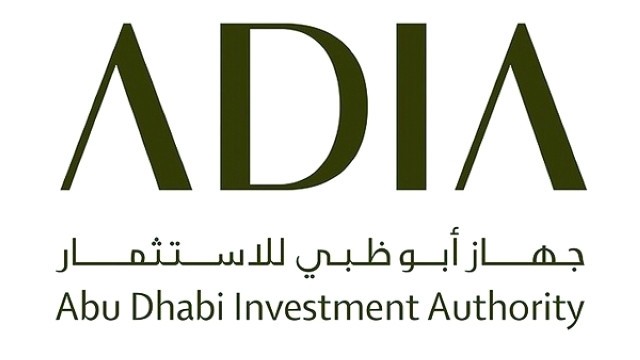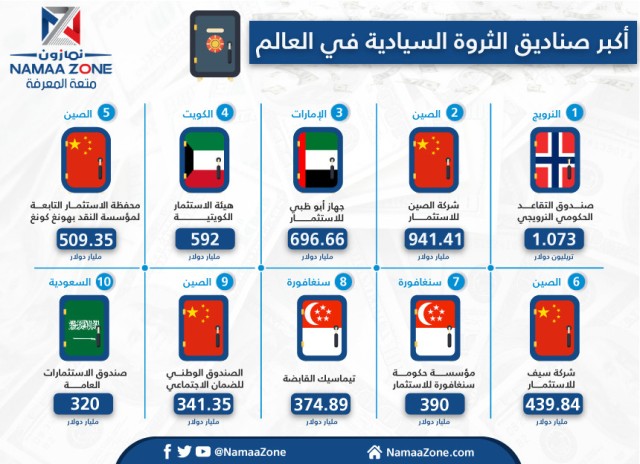The review report issued by the Emirates Central Bank for the fourth quarter of 2019 confirmed the decline in credit risk premiums for sovereign funds of the emirates of Abu Dhabi and Dubai at the end of last year.
According to the newspaper, the report indicated that sovereign risk premiums compared to credit risk exchanges remained low in the last quarter, compared to their level in the past, especially for Abu Dhabi, as it decreased from 62.6 points for the first quarter of 2019 to 53.6 basis points for the fourth quarter, noting that it increased in The last quarter was slightly 3.1 basis points higher compared to the third quarter
The report indicated that the credit risk premium for the Emirate of Dubai increased slightly by 2.9 basis points compared to the third quarter.
The report revealed the decline in the difference between the interest rate on dirham exchanges for 10 years compared to the same price on the US dollar during the last quarter, as a result of lower risks associated with the UAE compared to the uncertainty that persisted in global markets.
The interest rates on ten-year exchanges witnessed fluctuations during the fourth quarter of 2019 around an upward general trend in light of the tight global liquidity and the continuing high risks, as it increased from 2.6% in early October to a peak of 2.87% at the end of the same month.
The report pointed out that the interest rates on transactions in dirhams between banks (EIBOR) for a period of 3 months declined from a peak of 2.30% in mid-October, in line with the decrease in the interest rate on transactions in US dollars (LIBOR) for a period of 3 months as a result of the monetary easing cycle of the US Federal Reserve that started In July and continued in September and October, the total Federal Fund rate cuts thus totaled 3 cuts.
The report noted that the difference between the price of Eibor and Libor witnessed fluctuation during the period from November to December 2019, down from a peak of 29 basis points in mid-November to 24 basis points at the end of the year, and the largest decrease in the price of Eibor against the LIBOR price in the last weeks of December When the average difference was 96 basis points compared to 113 basis points at the beginning of the fourth quarter.
The bank noted that the decrease in the difference was caused by sufficient liquidity in the country, while the decline in liquidity in the money market in the United States led the Federal Reserve in New York to continue to inject liquidity into the financial markets through one-night repurchase or repurchase (repo) agreements ).









































